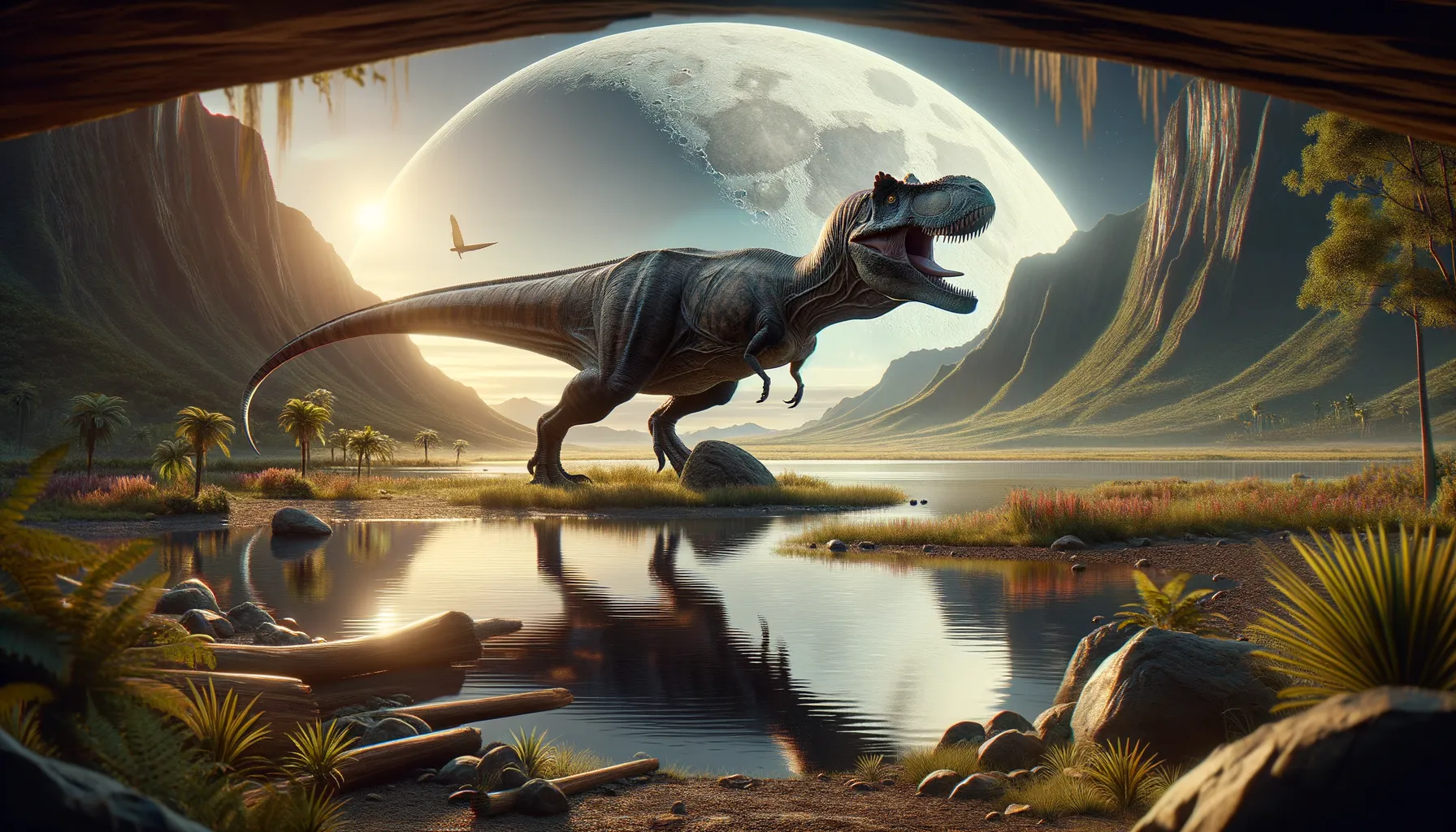
Gojirasaurus
Early predator mastering its Triassic domain.
Period
Triassic
Length
About 6 to 7 meters long.
Height
Approximately 1.5 meters at the hip.
Weight
Estimated around 200 pounds.
Gojirasaurus was a large theropod dinosaur from the late Triassic period, known for its long limbs and potential as an early predator in its ecosystem. Named after the famous movie monster 'Godzilla', it represents one of the larger carnivorous dinosaurs from its time, providing insights into early dinosaur evolution. Its fossils were first discovered in North America, offering a glimpse into the diversity and structure of predatory dinosaurs before the Jurassic period.
Diet
Gojirasaurus was a carnivorous dinosaur, likely preying on smaller reptiles and early mammals of its time. It may have also scavenged when opportunities arose, flexibly adapting its diet to the available resources.
Hunting
As a relatively large theropod, Gojirasaurus likely relied on ambush tactics, using its speed in short bursts to capture prey. Its hunting style was likely solitary, relying on stealth and the element of surprise.
Environmental challenges
Living during the late Triassic, Gojirasaurus faced a dynamic ecosystem with increasing competition from evolving dinosaur species. Climate changes and shifting landscapes would have tested its adaptability. The presence of larger predators emerging towards the end of the Triassic posed additional survival challenges.
Speed
Moderate at best, suited for short pursuits.
Lifespan
Likely several decades long, similar to other theropods.
First discovery
Discovered in New Mexico in the 1990s.
Fun Facts
- Gojirasaurus is named after the famous movie monster Godzilla, reflecting its large size.
- It lived during the Late Triassic period, around 210 million years ago, before the age of most well-known dinosaurs.
- Gojirasaurus was a theropod dinosaur, which means it was a bipedal carnivore.
- Although initially thought to be large, some paleontologists believe Gojirasaurus was around 18 feet long, making it medium-sized compared to later dinosaur giants.
- Fossils of Gojirasaurus have been primarily found in New Mexico, USA.
- Its remains were discovered in the early 1990s and include parts of its spine, hip, and hind legs.
- Despite its fierce name, the exact appearance and hunting style of Gojirasaurus are still up for debate among scientists.
Growth and Development
Gojirasaurus exhibited typical theropod growth patterns, likely experiencing a rapid growth phase during its juvenile stage. As it matured, its growth would have slowed, focusing on the development of muscle and strength. Fossil evidence suggests that growth rings in its bones can provide insights into its growth rate and life cycle.
Habitat
Gojirasaurus roamed in semi-arid environments with rivers and seasonal rains shaping its habitat. Vegetation was sparse but sufficient to support a variety of prey species. Its environment was crucial in sustaining its large size and predatory lifestyle.
Interaction with other species
Gojirasaurus coexisted with various other reptiles, early dinosaurs, and mammalian ancestors, creating a complex food web. It likely had to compete with other predators for resources. Its presence would have influenced the behavior and evolution of contemporary species.
Natural lifespan
Gojirasaurus likely lived up to 30 years in the wild.
Reproduction
Like many theropods, Gojirasaurus probably laid eggs in clutches, potentially caring for its young post-hatching. Parental care strategies may have varied based on environmental pressures and predation risks.
Social behaviour
Gojirasaurus was likely a solitary animal, primarily interacting with others during breeding seasons. It might have displayed territorial behaviors to ward off rivals.
Fossil locations
Fossil evidence of Gojirasaurus has been primarily found in North America, specifically in New Mexico. This region has provided valuable insights into its morphology and ecological role during the late Triassic. Fossil discoveries continue to enhance our understanding of early theropod distribution and diversity.
